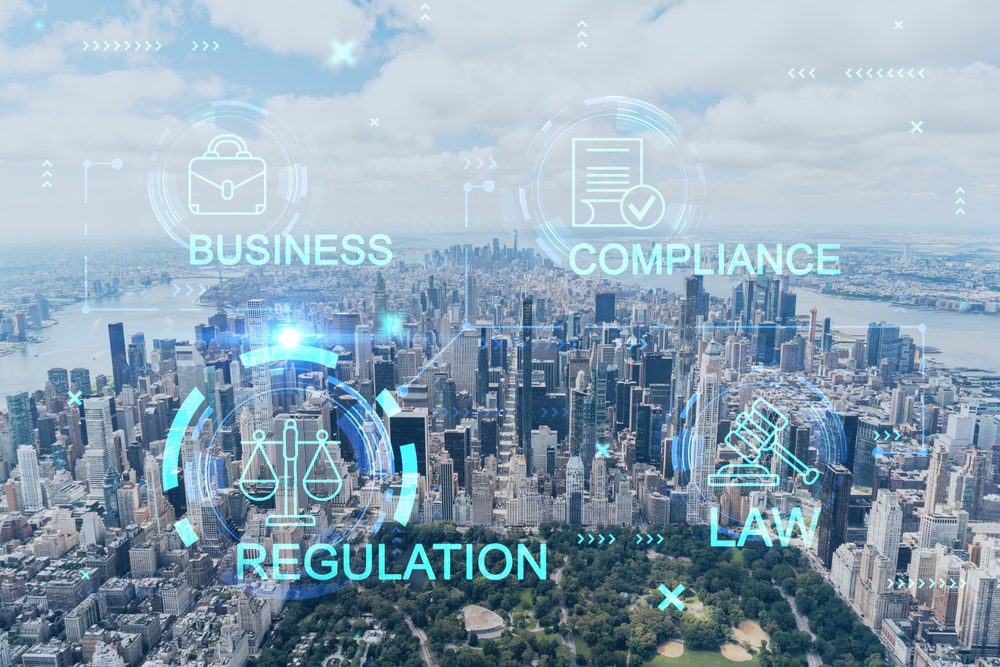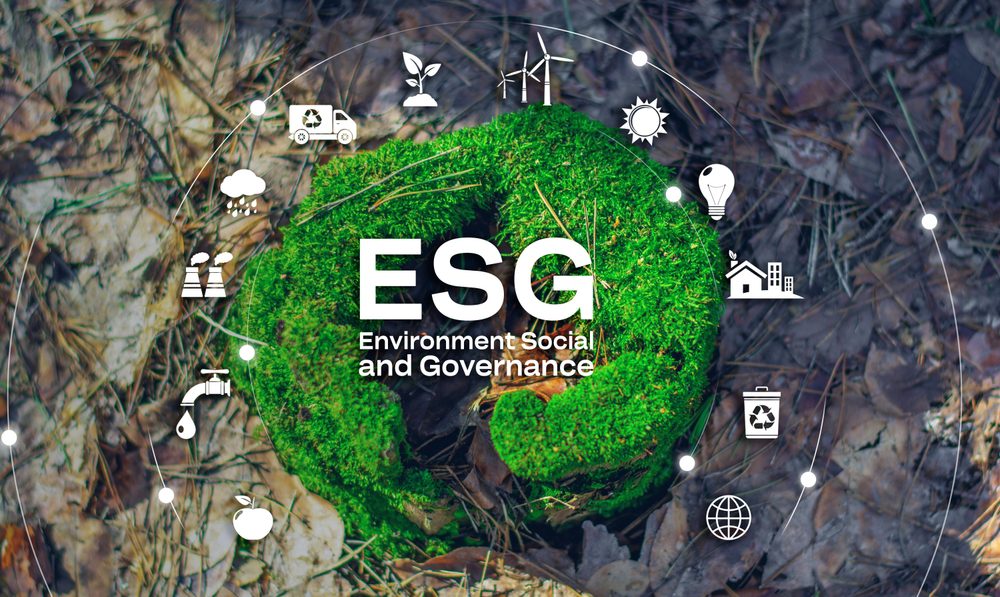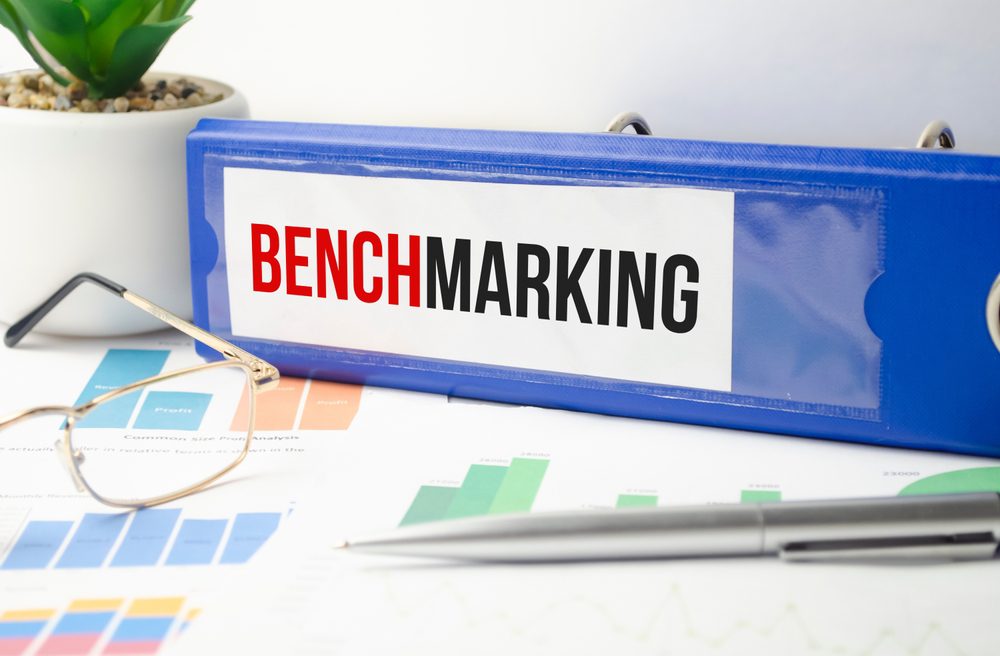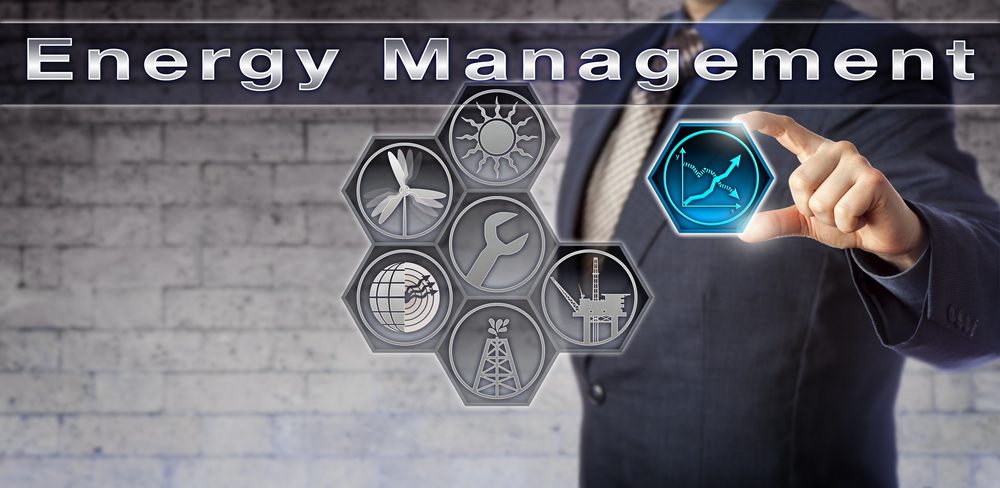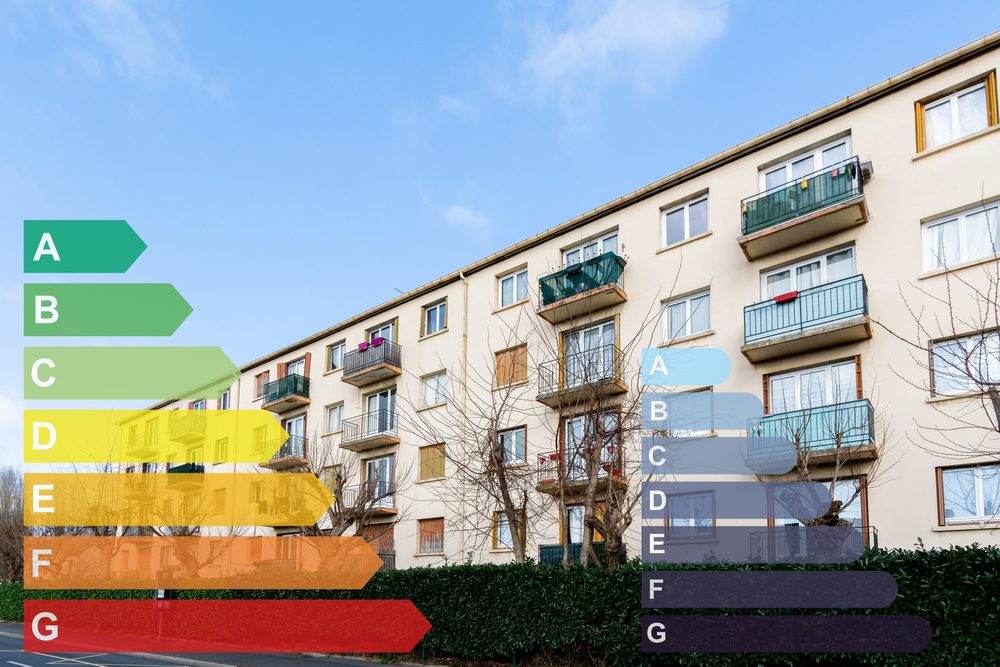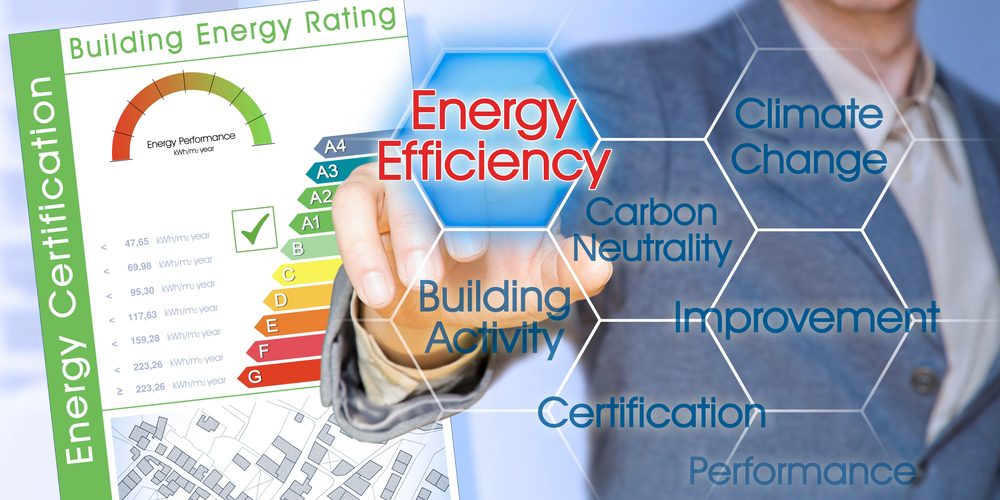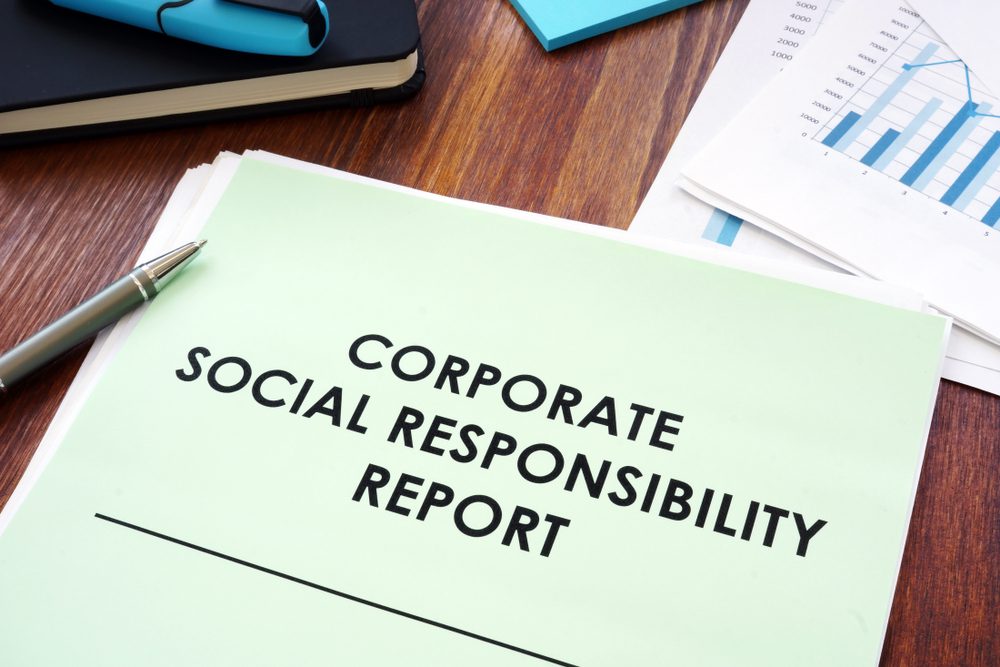Introduction
New York City, a global hub for innovation and sustainability, has taken a momentous step towards combating climate change with the implementation of Local Law 97. This landmark legislation, enacted in 2019, places strict emissions limits on buildings across the city, urging building owners to embrace sustainability and reduce their carbon footprint. In this comprehensive guide, we will explore the intricacies of Local Law 97, the penalties for non-compliance, and strategies to ensure building owners steer clear of legal repercussions. With the planet facing unprecedented environmental challenges, understanding and adhering to these regulations has never been more important.
Understanding NYC Local Law 97
Background and Context
Local Law 97 forms a fundamental part of New York City’s broader mission to reduce greenhouse gas emissions. It has been carefully crafted to address a critical issue: the environmental impact of buildings in the city. With buildings contributing significantly to the city’s carbon emissions, Local Law 97 represents a significant step towards sustainability.
Key Provisions and Requirements
- Emissions Limits: The core of Local Law 97 is its emissions limits, which vary based on occupancy class and square footage of the building. The goal is to cap emissions and drive innovation in building design and operation to meet these limits.
- Covered Buildings: This law applies to an extensive array of building types, including residential, commercial, and industrial properties. In essence, it covers a substantial portion of New York City’s real estate landscape.
- Compliance Deadlines: Building owners face a series of compliance deadlines, which are staggered based on the building’s occupancy class. The larger the building, the stricter the requirements and the earlier the deadlines.
Significance of Reducing Carbon Emissions in Buildings
Addressing carbon emissions from buildings is pivotal in the battle against climate change. New York City’s dense urban landscape means that buildings are a major contributor to its overall carbon footprint. By enforcing emissions limits, Local Law 97 is motivating innovation and pushing for sustainable practices in building design, construction, and operation. The law not only benefits the environment but also the long-term viability of buildings and the financial well-being of their owners.
Penalties for Non-Compliance
Overview of Penalties
Local Law 97 is not without teeth. Non-compliance can result in a series of penalties that should encourage building owners to embrace sustainability and adhere to these regulations.
Fines for Exceeding Emissions Limits
Exceeding the prescribed emissions limits can lead to substantial fines. These fines are typically determined based on the degree to which the building exceeds the limits, with more significant excess emissions incurring heftier penalties.
Penalties for Missing Compliance Deadlines
Timely compliance is crucial. Failing to meet compliance deadlines can lead to escalating fines and potential legal actions. Building owners must plan diligently to ensure they meet their obligations under Local Law 97.
Consequences for Failing to Submit Required Reports
Apart from emissions limits and deadlines, building owners are mandated to submit regular reports detailing their emissions and efforts towards compliance. Neglecting or delaying these reports can result in additional penalties.
Impact on Building Owners’ Finances and Reputation
Non-compliance has not only financial but also reputational implications. Penalties, fines, and legal fees can accumulate rapidly, potentially affecting the financial stability of building owners. Additionally, a negative public image due to non-compliance can deter potential tenants or buyers who prioritize sustainability.
Strategies for Compliance
Importance of Early Planning
Planning for compliance under Local Law 97 should commence well in advance. Building owners should start with a comprehensive understanding of their building’s emissions profile and identify areas where improvements can be made.
Identifying Emission Reduction Opportunities
A multitude of strategies exist to reduce emissions, including energy-efficient upgrades, enhanced insulation, and the adoption of renewable energy sources. A thorough assessment is crucial to pinpoint the most effective measures for each specific property.
Selecting the Right Compliance Measures
Each building has unique characteristics, and compliance measures should be tailored accordingly. Building owners should combine a variety of strategies, such as energy-efficient technologies, behavior modifications, and operational improvements, to meet the emissions limits.
Budgeting for Compliance
Compliance with Local Law 97 necessitates a financial investment. Building owners should craft a precise budget for the requisite upgrades and improvements. In some instances, incentives and grants may be available to offset some of the costs.
Benefits of Energy-Efficient Upgrades
While compliance with Local Law 97 is a legal requirement, it also offers numerous benefits. Energy-efficient upgrades can lead to lower operating costs, an increase in property value, and a heightened appeal in the market. Thus, compliance is not only an obligation but an opportunity for long-term financial gain and a reduction in environmental impact.
Avoiding Common Pitfalls
Underestimating the Complexity of Compliance
Complying with Local Law 97 can be intricate, particularly for older or larger buildings. Building owners are advised to seek expert guidance to navigate the intricacies of the law, ensure accurate reporting, and identify the most effective compliance strategies.
Ignoring the Importance of Regular Maintenance
Regular maintenance is fundamental in ensuring that building systems operate efficiently and continue to meet emissions targets. Neglecting maintenance can lead to costly penalties and fines, making it a crucial aspect of compliance.
Failing to Engage with Relevant Professionals
Consulting with experts in sustainable building practices and energy efficiency is crucial for successful compliance. Professionals can provide valuable insights, offer recommendations tailored to the building’s needs, and keep building owners informed about changes in the law.
Not Keeping Up with Changes in Regulations
Regulations and compliance requirements may evolve over time. To maintain compliance with Local Law 97, building owners must stay informed about any updates, as failing to do so may result in non-compliance.
The Future of Local Law 97
Potential Changes and Updates to the Law
As part of New York City’s ongoing commitment to environmental responsibility, Local Law 97 might undergo revisions or updates in the future. Building owners are encouraged to stay engaged with regulatory authorities and industry associations to stay informed about potential changes and ensure continued compliance.
Preparing for Future Requirements
Building owners should adopt a forward-thinking approach to sustainability. This means not only meeting current compliance standards but also proactively exploring additional measures to reduce emissions and improve environmental performance. A proactive stance positions building owners for success under any future regulations.
The Role of Local Law 97 in NYC’s Sustainability Goals
Local Law 97 is a cornerstone of New York City’s commitment to a sustainable future. It plays a pivotal role in the city’s broader efforts to reduce its environmental impact and combat climate change. By complying with the law, building owners contribute to the broader vision of a more sustainable, resilient, and environmentally responsible New York City.
Conclusion
In a world facing unprecedented environmental challenges, compliance with NYC’s Local Law 97 is not just a legal requirement; it is a fundamental step towards a more sustainable future. Understanding the law, proactively taking measures for compliance, and avoiding common pitfalls can not only help building owners avoid penalties but also contribute to a more environmentally responsible New York City. Remember, early planning, strategic investments in energy-efficient upgrades, and a commitment to sustainability are not just a legal necessity but a path towards long-term financial stability and environmental well-being.
Discover how VertPro.com can elevate your property’s energy efficiency to new heights. We are your ultimate destination for all things related to Commercial Energy Audits, Benchmark Compliance consultancy, and access to our state-of-the-art Construction Marketplace. As trailblazers in the industry, VertPro empowers Building Owners and Property Managers across the nation with innovative SaaS technology-based solutions. From Energy Benchmarking to Energy Audits/RCx Plus, we’re dedicated to ensuring compliance with over 50 Energy Benchmarking and Energy Efficiency Laws.
Now is the time to seize the opportunity to maximize your property’s energy potential and value. Explore VertPro.com’s comprehensive solutions today, and let us be the catalyst for the transformation your property deserves. Your energy-efficient future starts here!
